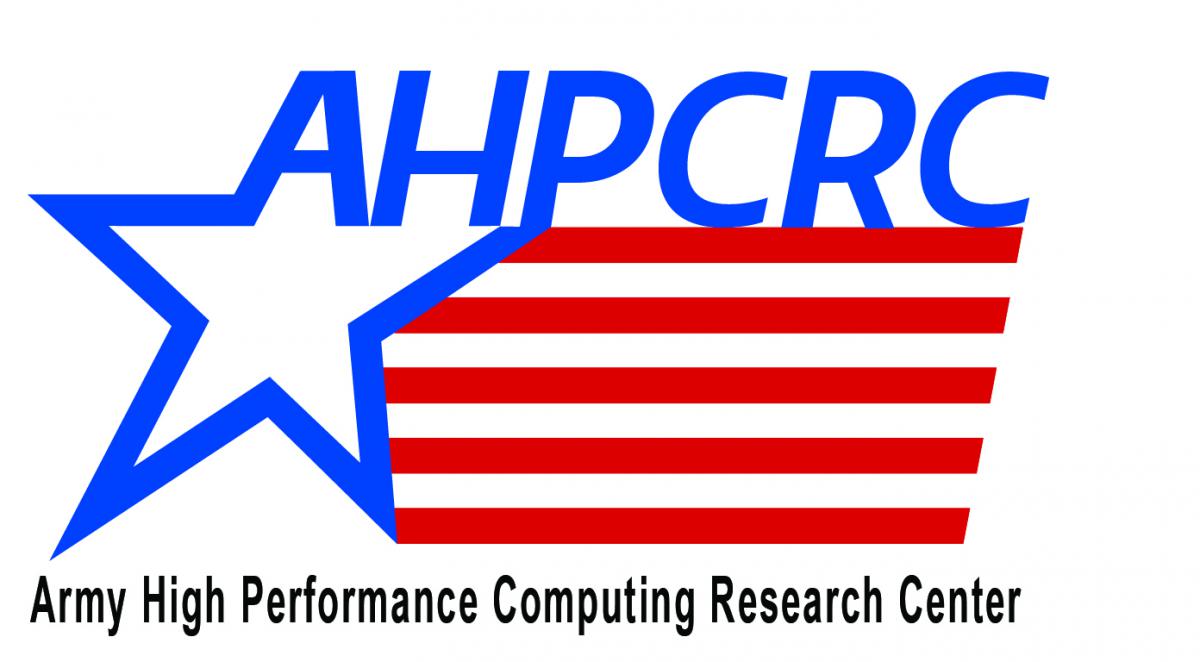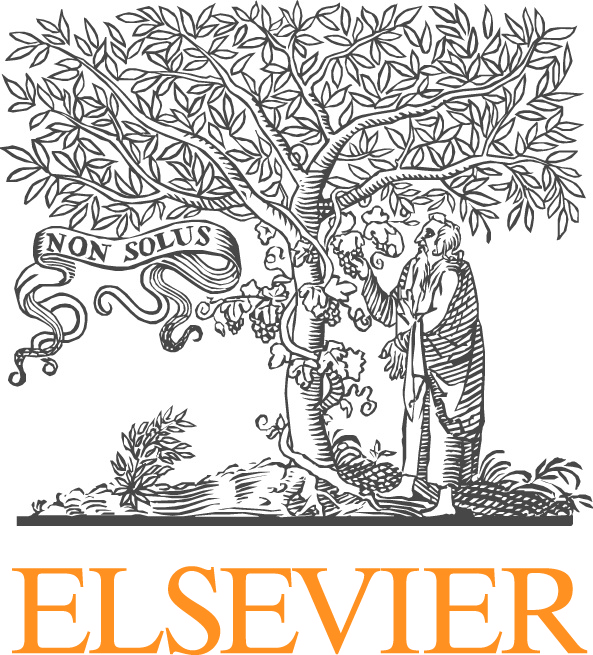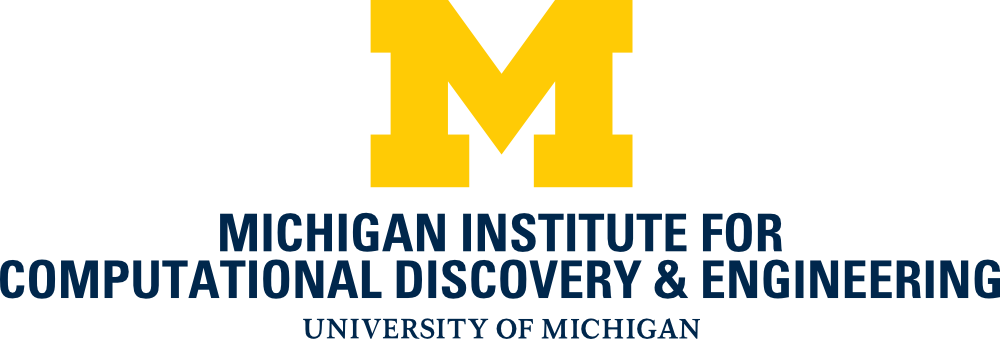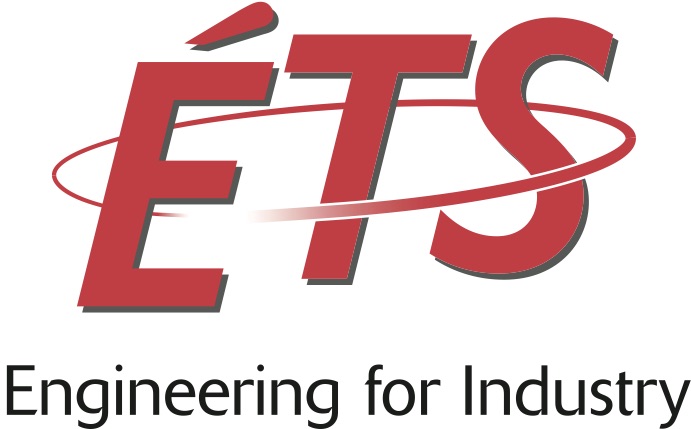Computational Methods for Modeling Interfaces with Complex/Evolving Topologies
Ravindra Duddu, Vanderbilt University
Soheil Soghrati, Ohio State University
Olga Wodo, University at Buffalo, SUNY
Chandrasekhar Annavarapu, Lawrence Livermore National Laboratory
Alejandro Aragon, Delft University of Technology
Interfaces are ubiquitous in multi-component and multi-phase material systems and modeling their complex topology and evolution patterns is important for advancing our understanding in several different disciplines of engineering and sciences. Because interfaces can be described at various length scales (from atoms to airplanes/structures) and the processes driving interface evolution can be occurring at different time scales, there is a sustained interest for the development of novel computational methodologies that are stable, efficient and accurate. The goal of this minisymposium is to provide a common forum for researchers working on computational methodologies suitable for modeling complex/evolving interfaces to discuss their most recent advances and/or provide a perspective for future developments. Specifically, talks and abstracts on the following topics are invited:
1. Numerical methods for embedded interfaces with complex topologies employing adaptive mesh refinement techniques, partition of unity based finite element approaches including meshfree methods, eXtended/Generalized Finite Element Methods and their variants; Iso-Geometric Analysis involving NURBS or B-splines based interface representations, and variable element topology methods with arbitrary polyhedral elements. Of particular interest are approaches that incorporate elements from computational geometry to provide an automated framework for modeling real-world engineering problems and emerging techniques that seek to develop fully-automated element technology by relaxing the restrictions placed by interface geometry on mesh-generators
2. Computational methodologies for evolving interfaces with applications (not limited) to dynamic crack propagation, hydraulic fracturing, fluid-structure interaction, phase transformations, localized damage such as pitting corrosion and heterogeneous materials. Both sharp interface approaches, based on the level set or semi-Lagrangian particle methods, and diffuse interface approaches, based on phase field or cellular automaton methods, investigations of multi-physics mechanisms associated with interface formation and evolution are of interest.







